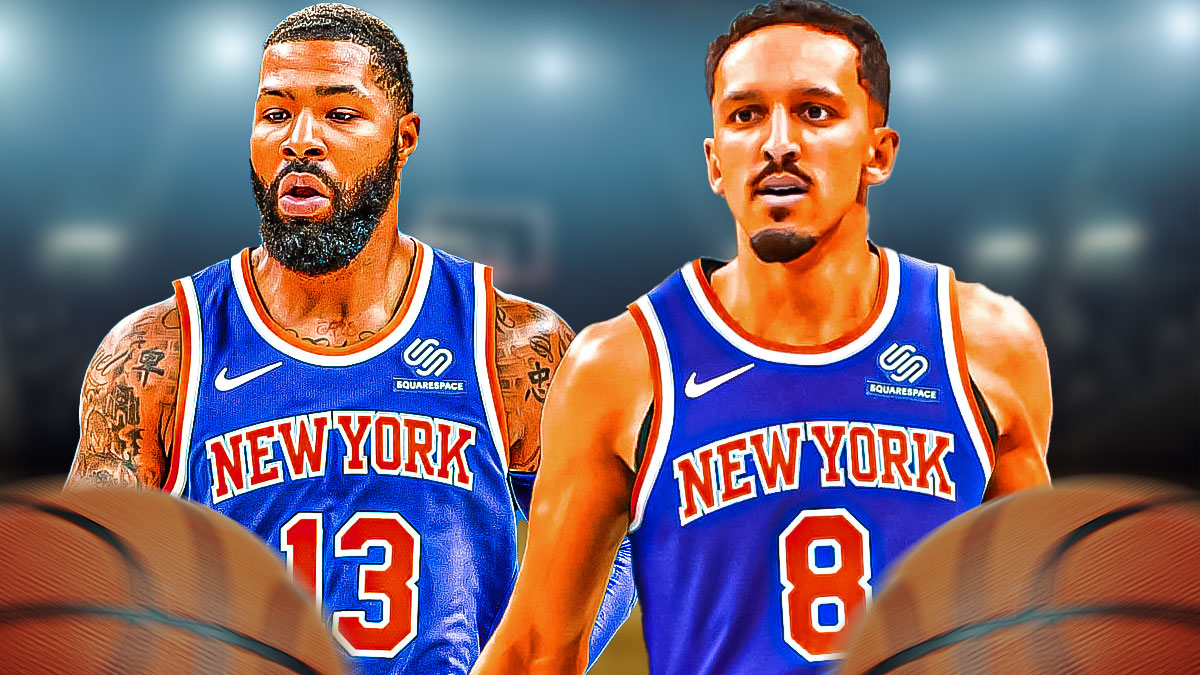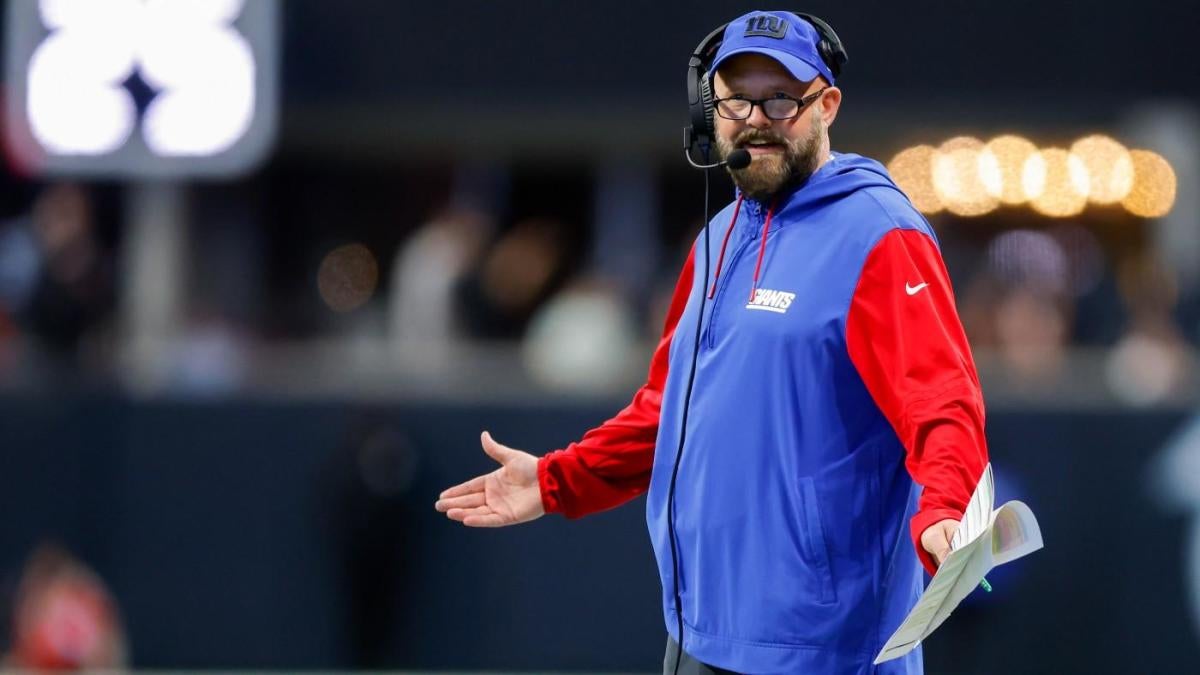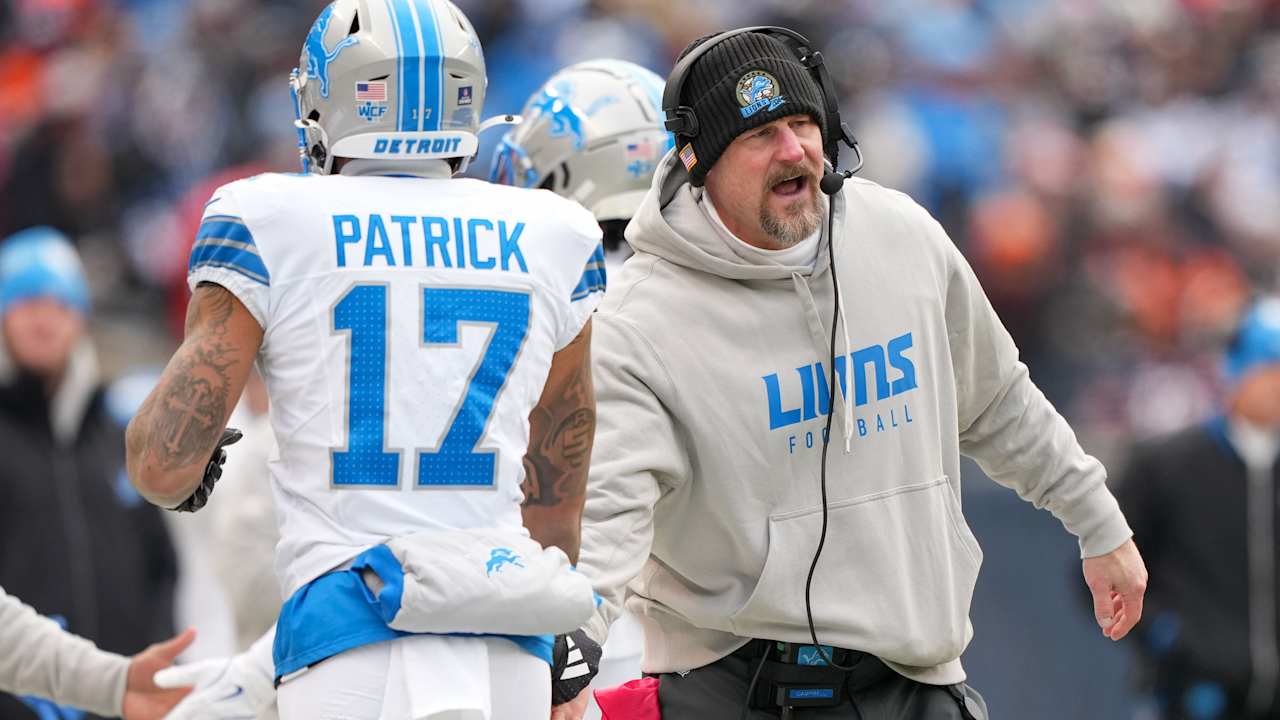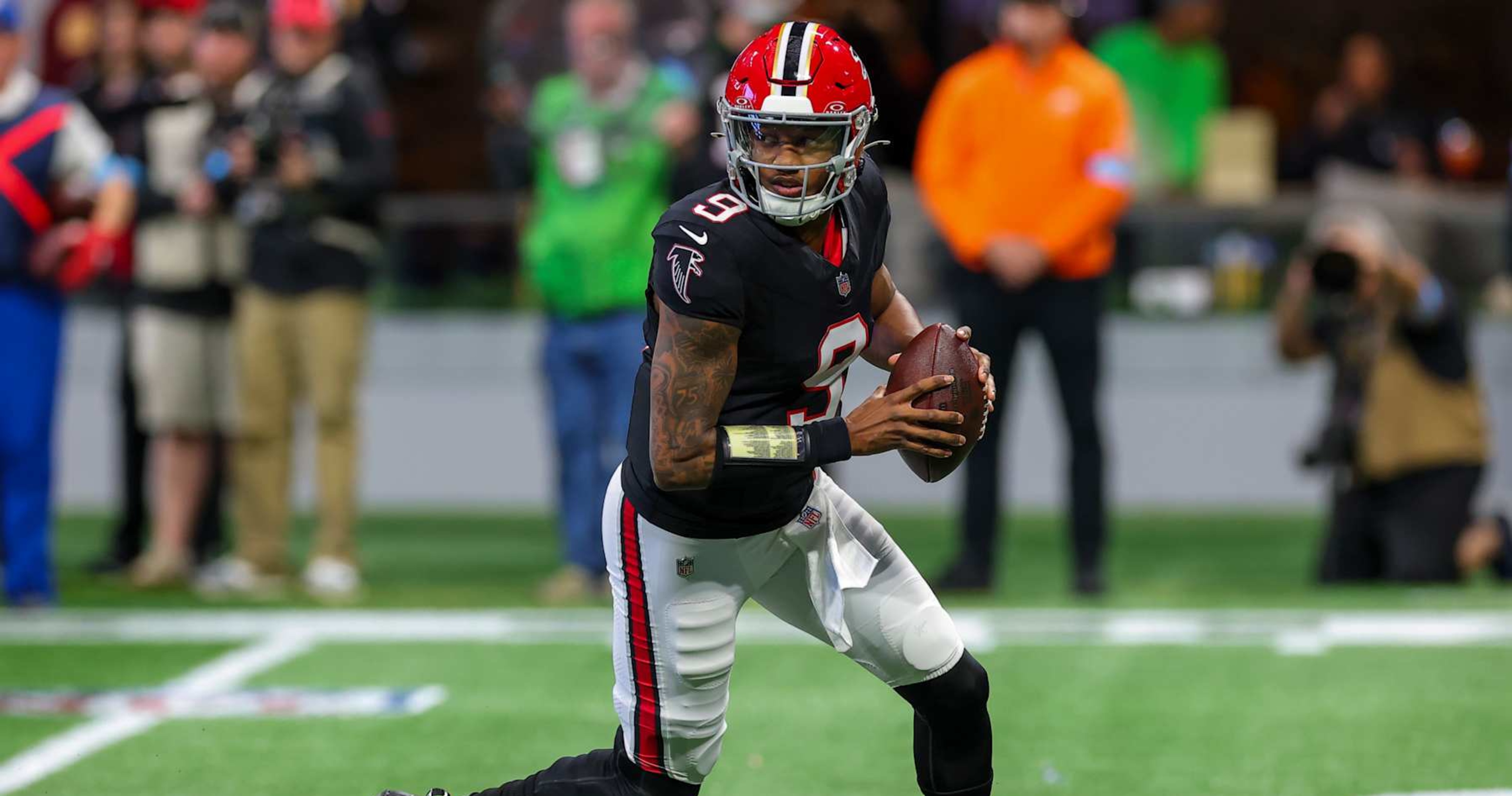NBA
How Knicks’ new secondary players can impact 2024-25 season

The New York Knicks have been active of late. They signed a few players who would probably crack the rotation of most teams. Unfortunately for the players in question, the Knicks are far deeper than most teams, and none are likely to lock down a regular role. Still, these additions bolster an already incredibly versatile roster, which has positioned New York for a deep playoff run. The most recent signings by New York are highlighted by Marcus Morris and Landry Shamet, both of whom inked Exhibit 10 deals (or non-guaranteed, minimum deals) with the Knicks over the last few days.
Knicks becoming a free agent destination
If you’ve followed the NBA for more than the past few seasons, this might all seem a little odd. It wasn’t long ago that New York was seen as a second-rate destination. It wasn’t for a lack of passionate fans. And the city itself is the biggest and most metropolitan city in the United States. But the Knicks, and their owner James Dolan, simply weren’t taken seriously because they hadn’t been competitive in a long while.
But then things began to break the Knicks’ way. Julius Randle signed in 2019. Leon Rose took over as team president. Tom Thibodeau came on as head coach. Jalen Brunson picked New York over Dallas. And to make a long story short, the rest is history.
Fast forward to the present day, and it appears as if New York has been resurrected as a free agent destination, and for good reason. New York is finally seen by players as a team capable of competing at a very high level. Hence the Shamet and Morris signings.
Shamet and Morris can help the Knicks in a unique way
But let’s discuss how adding Shamet and Morris helps the Knicks. Of course, there’s the obvious ways. Both Shamet and Morris are functional veterans. But why would New York add another guard and forward, respectively, when they are so well-stocked at both positions and so undermanned at center? Well, maybe they see the idea of growing their depth as a long path to landing said center.
Shamet and Morris are both tradable pieces. Neither is expensive and both will cost a maximum of $5 million in 2024-25, combined — and that’s if they both make the roster. Specifically, Shamet will make $2.6 million and Morris will make $3.3 million.
But neither Shamet nor Morris carry significant trade value, and neither can be traded before December 15. So, trading them is unlikely. But their presence could open the door to other trades.
New York’s depth could allow for other players to be dealt
Related New York Knicks NewsArticle continues below
While Morris and Shamet are both seen as having a ceiling in terms of their on-the-court impact, both are serviceable. The 35 year-old Morris scored 6.4 points on 40.3% shooting from three-point range in 49 regular-season games last year with Philadelphia and Cleveland. And the 27 year-old Shamet averaged 7.1 points last season with Washington, and is a 38% career three-point shooter. So, both are clearly capable of climbing the depth chart if need be.
And as unfortunate as it may seem, Miles McBride and Precious Achiuwa could be the odd men out. Think about it, they represent the only two non-starter, non-Villanova Knicks with any meaningful trade value. McBride is currently signed to an affordable deal through the 2026-27 season and Achiuwa is serviceable and on a $6 million expiring contract.
McBride and Achiuwa might not be enough to send out in exchange for an above-average center, though. But New York can get creative annd include the 2025 protected-first rounder of either Detroit or Washington and/or various future second-rounders. Depending on the trade market, that could move the needle for a rebuilding team looking to dump an expiring veteran player.
And if not — and Morris and Shamet must stick around for the duration of 2024-25 — that’s fine, too. After all, if last season taught us nothing else, we now know first hand that a team can never have too much depth.










